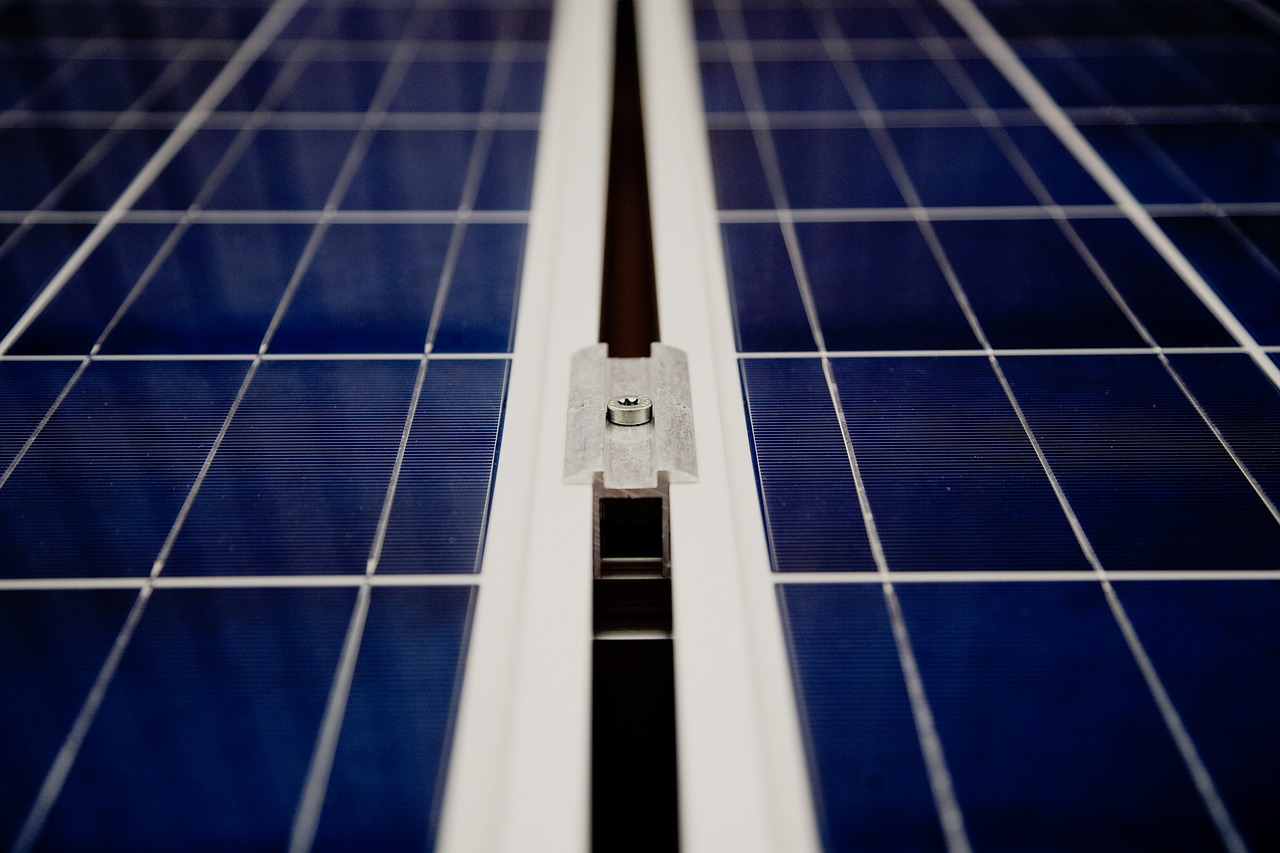
The EU is ambitious when it comes to its climate targets. By 2030, the region wants to cut at least 40% of greenhouse gas emissions (from 1990 levels), achieve a share for renewable energy of at least 27%, and improve energy efficiency by at least 27%. And this is only one stepping stone along its roadmap for a low-carbon economy until 2050, when emissions are supposed to be 80% below the 1990 levels.
How can these targets possibly be achieved? And what does that mean for economic growth and job opportunities in the EU’s economies? Could indisputable improvements in environmental quality be outweighed by economic costs? These are the fundamental questions that any longer-term climate policy has to deal with in order to be accepted by the citizens.
Expanding renewable energy sources, particularly for generating electricity, is one of the many measures aiming at reducing greenhouse gas emissions. Instead of burning coal and gas, many parts of the world now make use of solar panels, wind turbines, hydro power, or biomass. In Europe, Germany is the pioneering nation when it comes to the generation of “green electricity.” In 2015, almost one-third of electrical power came from renewable sources, up from a mere 3% in 1990. This is a tremendous shift in the supply of energy.
How did Germany achieve this? For sure, this did not just fall from the sky. On the contrary, the massive expansion of renewable power installations, mainly for wind and solar, was triggered by guaranteeing producers of green electricity priority in the German power grid and generous fixed prices for each kilowatt hour. This has certainly created additional jobs in the renewable energy sector: engineers who develop and improve green technologies, factory workers who produce wind power engines and solar panels, as well as construction workers who install and maintain them. This sounds like a win–win situation: reducing emissions and creating jobs at the same time!
But careful: While nobody can deny that relying less on coal and gas lets us contribute less to climate change and at the same time improves the quality of the air we breathe, there are also good reasons to be skeptical about Germany’s “energy turnaround.” The subsidies for renewable power generation are paid for by all electricity consumers via a surcharge levied on their electricity bill. Over the past years, the subsidy has made electricity more and more expensive for private households and firms. When certain production processes require a lot of electricity as an input, say in the chemical industry, this may put jobs in these sectors at risk. This is especially true for sectors that compete globally with countries offering lower energy prices. This has to be kept in mind when we debate the “job argument” in the context of expanding renewable energy.
Do potential job-creation and job-destruction due to green electricity matter in the end? Answering this question is difficult and there is not one conclusive answer to it. However, looking at the evidence from economic research, particularly for the German example, reveals that both positive and negative employment effects are comparably small. So, when debating climate policies we should rather focus on their effectiveness in reducing greenhouse gas emissions and improving the quality of our environment—and not so much on how many jobs are created or destroyed.
Source: https://www.umweltbundesamt.de/themen/klima-energie/erneuerbare-energien/erneuerbare-energien-in-zahlen
© Nico Pestel
Related article:
Employment effects of green energy policies, by Nico Pestel
Please note:
We recognize that IZA World of Labor articles may prompt discussion and possibly controversy. Opinion pieces, such as the one above, capture ideas and debates concisely, and anchor them with real-world examples. Opinions stated here do not necessarily reflect those of the IZA